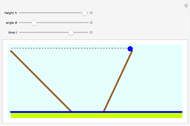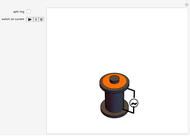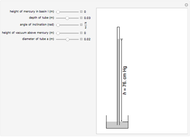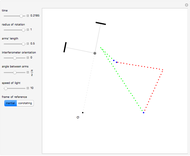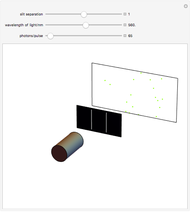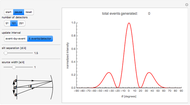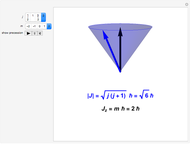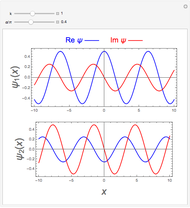Franck-Hertz Experiment

Requires a Wolfram Notebook System
Interact on desktop, mobile and cloud with the free Wolfram Player or other Wolfram Language products.
This experiment carried out by James Franck and Gustav Ludwig Hertz in 1914 was intended to support Niels Bohr's model of the atom, according to which electrons occupy discrete energy levels that can absorb or emit energy in only certain quantized amounts.
[more]
Contributed by: S. M. Blinder (March 2011)
Open content licensed under CC BY-NC-SA
Snapshots
Details
Snapshot 1: the current increases as the grid voltage is increased
Snapshot 2: until approximately 4.9 volts, when the current drops
Snapshot 3: this recurs at multiples of 4.9 volts
Reference: Wikipedia, "Franck–Hertz Experiment."
Permanent Citation
"Franck-Hertz Experiment"
http://demonstrations.wolfram.com/FranckHertzExperiment/
Wolfram Demonstrations Project
Published: March 15 2011






